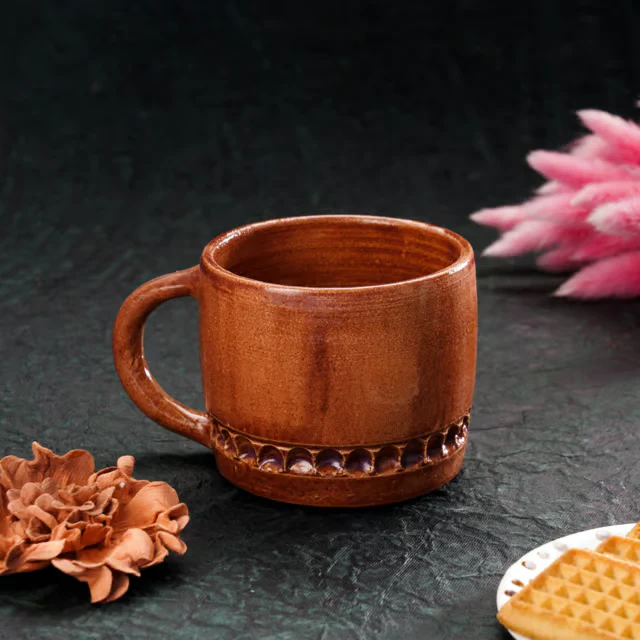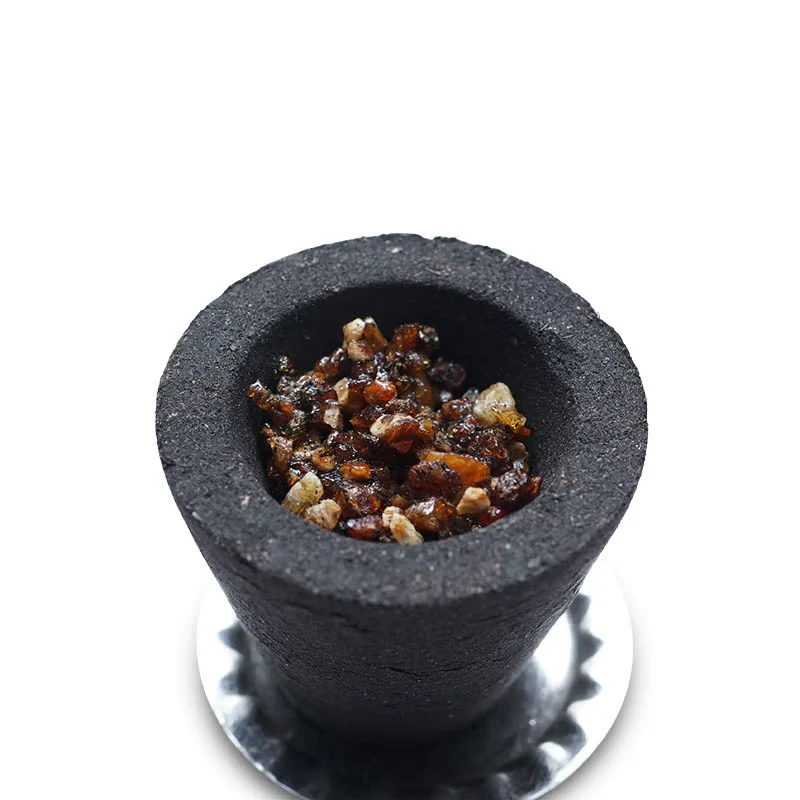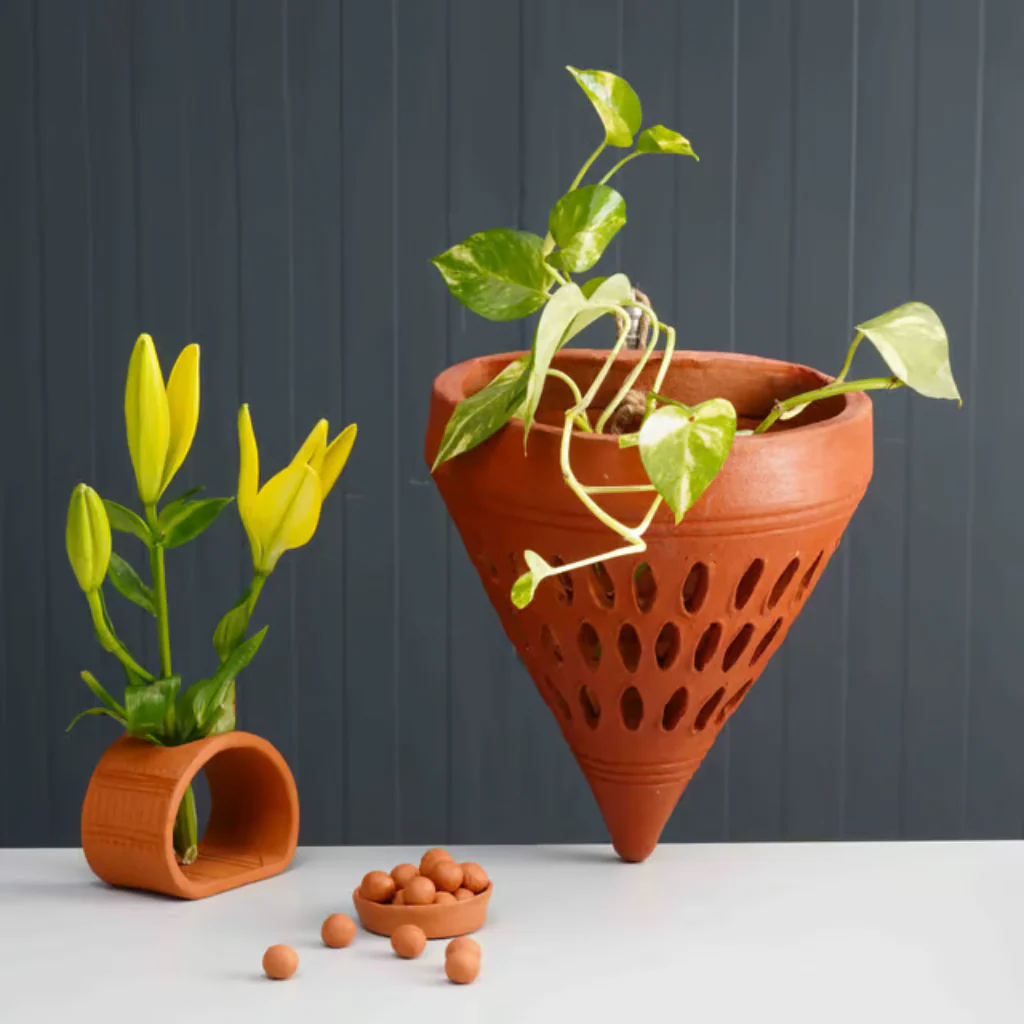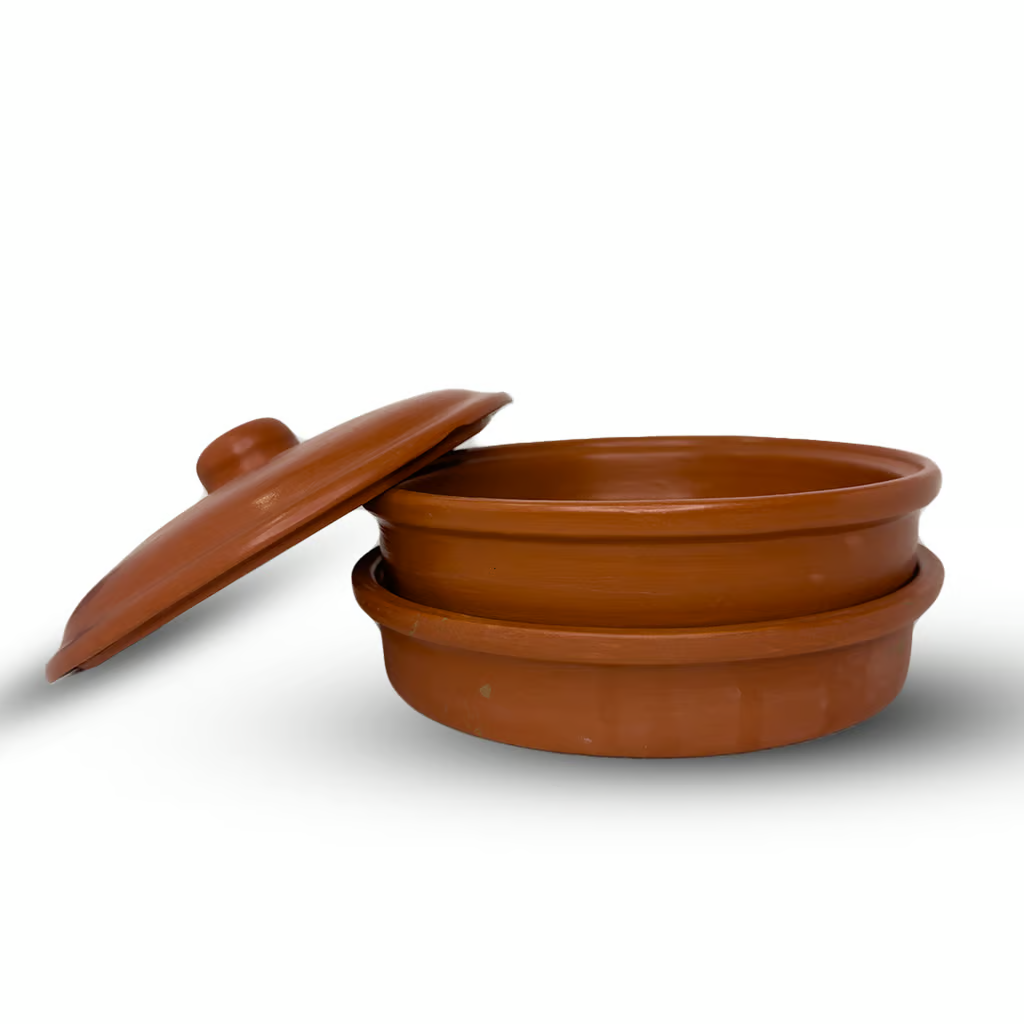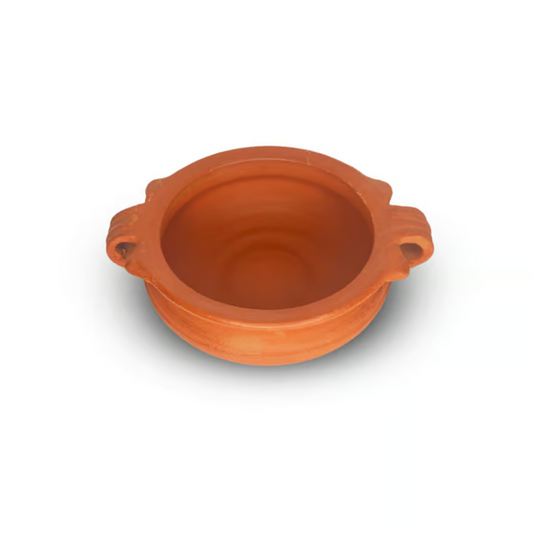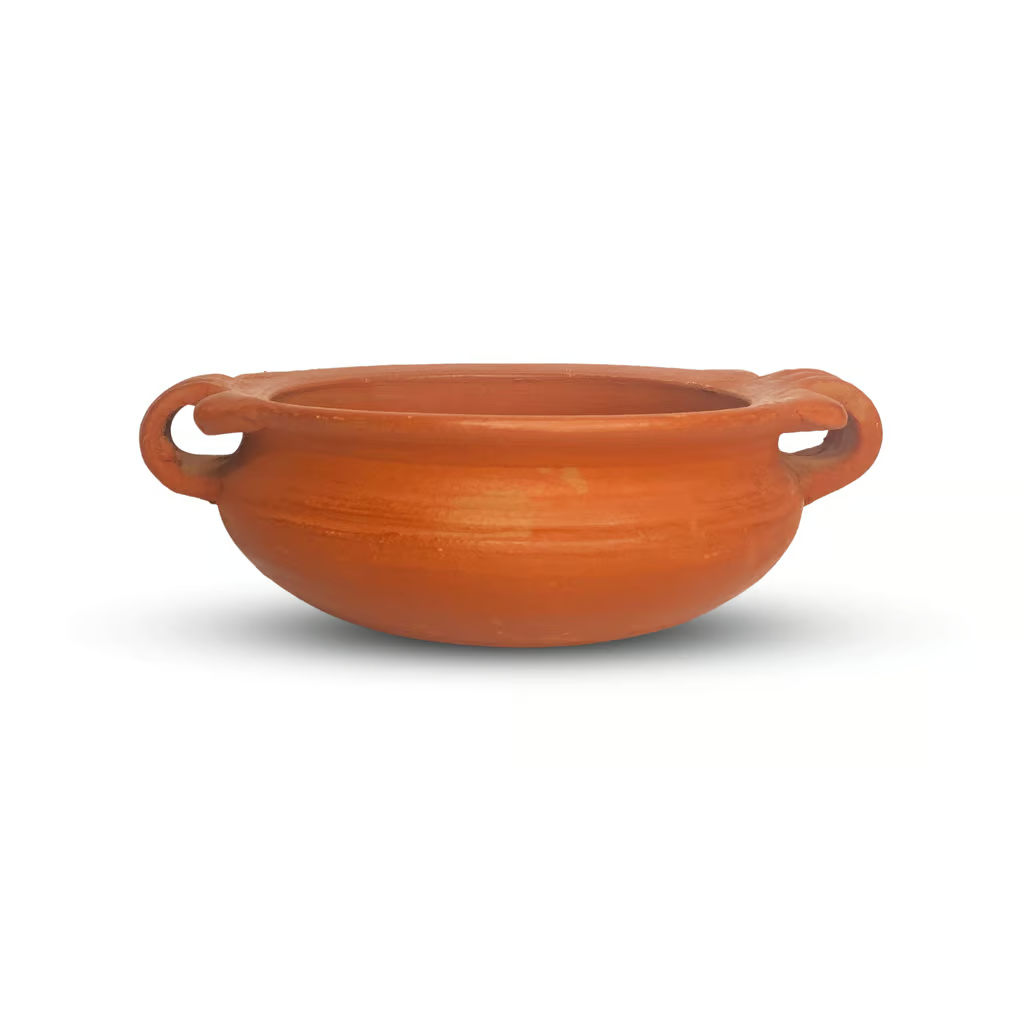
How to Use Wood Ash as a Natural Fertilizer for Plants?

Ever thought about what to do with the leftover ashes from your fireplace or backyard fire pit? Instead of just tossing them out, you can actually turn that dusty gray stuff into a secret weapon for your garden. Wood ash isn’t just waste—it’s like a natural multivitamin packed with nutrients your plants crave. Using it right can give your garden a real boost, and it won’t cost you a dime. Let me walk you through how to make the most of this free gift from nature, what plants love it, what don’t, and how to avoid common pitfalls.
Why Wood Ash Works Wonders
When wood burns, it leaves behind more than just ashes—it carries the minerals that the tree absorbed while it was alive. These minerals get concentrated in the ash, turning it into a natural fertilizer loaded with key nutrients.
The big three you want to know:
-
Potassium (5-10%): Think of potassium as the strength behind sturdy stems and deep roots. It also helps plants fight off diseases. Flowering plants and fruit veggies especially benefit because potassium encourages better blooms and juicier fruits.
-
Calcium (25% or more): Calcium’s like the builder, reinforcing plant cell walls. It stops issues like blossom end rot in tomatoes and peppers and helps keep the soil’s pH balanced.
-
Magnesium and Trace Minerals: These tiny but mighty nutrients keep leaves green by aiding chlorophyll production and power up important plant enzymes.
What’s great about wood ash is that these nutrients are already in a form plants can grab quickly—no waiting around for them to break down like with some store-bought fertilizers.
What About Soil pH and Ash?
Soil pH measures how acidic or alkaline your soil is, on a scale from 0 to 14. Most veggies like it a bit on the acidic side, around 6.0 to 6.8.
Here’s the catch: wood ash is quite alkaline (pH around 10-12). That means it can raise soil pH, which is helpful if your soil’s too acidic. But be careful—if your soil is already neutral or alkaline, adding too much ash can push it over the edge, making it hard for plants to soak up nutrients.
Which Plants Prefer You Skip the Ash?
Some plants love their soil on the acidic side and don’t take kindly to ash’s alkalinity:
-
Blueberries.
-
Raspberries.
-
Potatoes (can trigger scab disease).
-
Rhododendrons and azaleas.
-
Camellias.
-
Strawberries.
-
Pines and most evergreens.
If you grow these, it’s better to avoid ash near them—or at least go very light.
How to Know What Your Soil Needs
Before spreading ash around, it’s smart to check your soil’s pH:
-
You can grab a simple test kit from the garden store for a basic read.
-
Digital pH meters give more precise readings and can be reused.
If your soil’s below 6.5, ash can help balance it out. If it’s 7 or higher, skip the ash.
Putting Wood Ash to Work
How to apply:
-
Spread it evenly:
Scatter 10-20 pounds over 1,000 square feet and gently rake it into the top few inches of soil.
-
Targeted approach:
For individual plants, sprinkle ¼ to ½ cup around the base and mix lightly into the soil. Water afterward.
-
Add to compost:
Sprinkle a thin layer (about 1 cup per cubic yard) to help balance acidity in your compost pile.
A few pointers:
-
Wear gloves—ash can irritate your skin.
-
Apply to moist soil, not soggy or bone dry.
-
Store unused ash in a dry metal container.
-
Don’t spread on windy days to avoid a messy cloud.
Common Mistakes to Avoid
-
Ash from treated wood - No. Only use ash from untreated, natural wood. Avoid anything painted, stained, or pressure-treated. Coal and charcoal ashes are a no-go.
-
Too much ash - More doesn’t mean better. Overdoing it can harm plants and kill helpful soil organisms.
-
Poor storage- Keep ash sealed tight in a metal container to stay dry.
-
Bad timing - Don’t apply right before heavy rains, on frozen ground, or on delicate seedlings.
To Wrap It Up
Wood ash is a simple, free way to feed your soil and plants—when used wisely. Test your soil first, apply the right amount, and keep an eye on the plants that love it versus those that don’t. Start small, watch closely, and you might just find your garden thriving with this humble leftover.
Ready to take your gardening to the next level? At MudKart, we offer terracotta-based construction materials to aesthetic and spiritual garden essentials, MudKart is your partner in creating a greener, healthier space. Check out MudKart and give your garden the thoughtful care it deserves.


